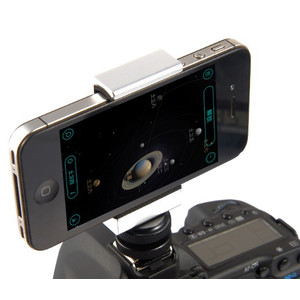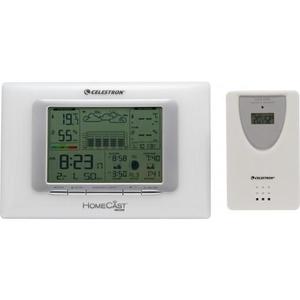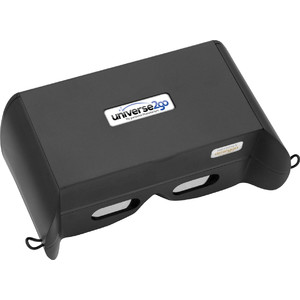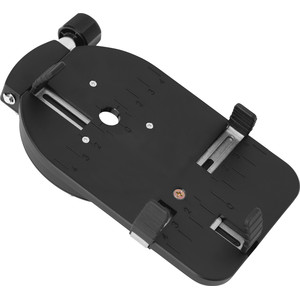The best astronomy apps for tablets und smartphones
You want to quickly check the weather or see what you could observe tonight? Then all you need from now on is your smartphone.

Smartphones have been practical pocket helpers for astronomy for some time now. No matter whether it’s a weather app or planetarium software, there is now a suitable app for just about every purpose. But the choice is huge. We'll take you on a few paths through the app jungle and ensure that you can quickly enjoy your first observation successes!
What's the weather going to be like?
Clearoutside
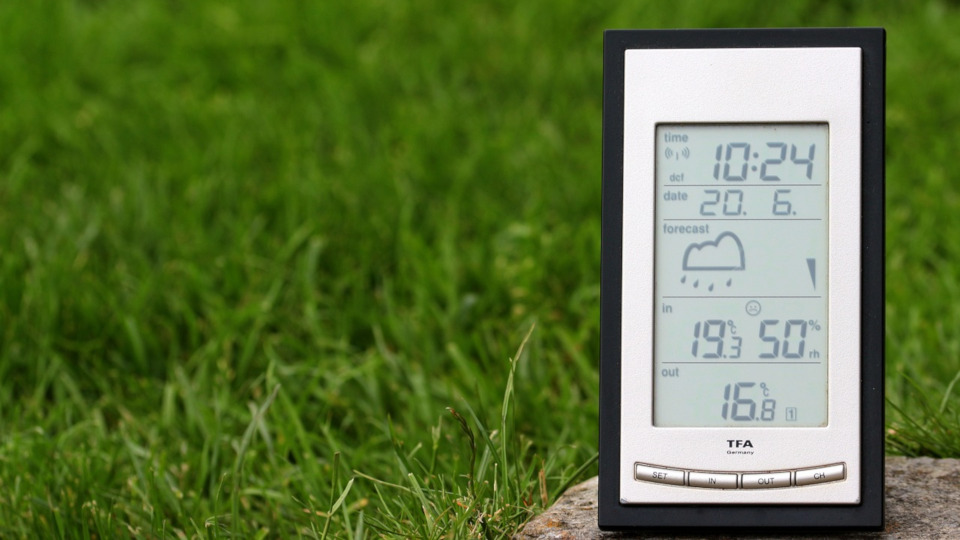
Do you know the situation? You've prepared yourself extensively for an observation evening and selected some wonderful targets, but when you arrive at the scene all you can see are clouds? Thanks to the Clearoutside app, such problems will be a thing of the past. This free app is an offshoot of the successful website of the same name and offers weather forecasts that are specially tailored to the needs of astronomers.
It works with a traffic light system from green to amber to red. The colours are self-explanatory (green = perfect conditions, amber = uncertain situation, red = no observation possible). In addition, you get an overview of the current Moon phase (useful for deep sky observers), period of astronomical darkness and an estimate of sky quality and brightness.
When we tested it, with a few exceptions the app proved to be very reliable, and you could rely on the predictions.
For those who are interested, besides the easy-to-understand traffic light system, there is a more detailed breakdown of high, medium and low cloud, as well as a temperature display, humidity and wind speed. As a nice feature, the ISS flyovers are also displayed.
All in all, a useful app that belongs on every smartphone. It’s an absolute must-have, especially for planning future observation nights.
Sky Live
The range of weather apps for astronomy is, unfortunately, very limited. So it’s good to know that that Sky Live is another good and visually appealing solution.
When you open the app it looks very minimalistic and includes not just information about sunrise and sunset but also an estimate in percent of the current observing conditions. Attractive background images motivate you to plan your next night-time observation. If you want to know more about the weather, you’ll get a more comprehensive view if you buy the Full Access version.
But that's not all. If you click on a small i, you get a detailed overview of the current lunar phase and find out which planets, bright stars and constellations are visible.
Another nice feature is a view of the ISS flight path and all the astronauts currently on board.
Even newcomers to astronomy can use the app to help them assess conditions and plan their observing evenings in advance.
A planitarium in your pocket
SkySafari
Have you ever wondered where exactly in the sky a certain object is located? Are you interested in star hopping? Then SkySafari is the perfect app for you.
It’s a planetarium software package for smartphones. It means that you have the entire night sky in your pocket during your observation. You’re always kept up to date with the continually updated database and astronomy news. In addition to the usual planetarium functions, the app offers some other interesting features:
AR integration offers an easy way to find your way around the night sky, particularly for visual observers or astronomy beginners. Simply point your smartphone at the sky, and you can see a virtual representation of the night sky on the screen.
For Dobsonian observers with Telrad or Radiant finders, the app can also display the Radiant setting circles. Using this, you are guaranteed to find every deep sky object (only Plus and Pro versions, under Observing / Scope display).
Less interesting for observing, but worth mentioning, are the many other possibilities to learn more about astronomy. You can satisfy your curiosity with its many features including guided audio tours, images of many celestial targets, and 3D visualizations of planets or space missions.
The app is available for Android and iOS and is available in three different versions. The basic version includes all the above-mentioned functions. The Plus and Pro versions additionally offer even larger databases and other functions. You can also use the Plus or Pro versions to control an Omegon Push+ system. There is no upgrade path from the Plus to the Pro version, so it makes sense to compare the two before you make your purchase.
Night Sky
If you're looking for a planetarium app for your smartphone, you should definitely take a closer look at Night Sky. Thanks to its many augmented reality features, it offers beginners, especially, an easy introduction to the world of astronomy. But advanced observers will also find the large database useful.
Besides the well-known planetarium functions, the app allows the user to point a smartphone at the sky in order to interactively discover the night sky. With its 10x zoom function, you can almost pull objects out of the sky and dive into their detail to examine them more closely and get information about them.
If you are more interested in over-flying satellites, you will find the Starlink notification feature useful, which will inform you of their visibility in advance. There are also widgets for smartphones and Apple watches that display the most important news and current conditions.
The premium version offers additional AR features such as the possibility to stroll across the surface of distant planets or to bring the entire solar system into your sitting room. In addition, with this version, you can stream the entire star database from the cloud, and pre-prepared tours and suggestions will help even inexperienced observers to find objects that suit them.
Overall, the app has especially focused on augmented reality and if that’s something that appeals, then you should definitely give this app a try.
Astronomy meets augmented reality

Universe2go
How would it be if you could look at the sky, and see not only the stars that are visible with the naked eye, but also deep sky objects or planets? If that sounds appealing to you, then Universe2go is the right app for you.
The system consists of a free smartphone app together with matching glasses. You insert your mobile phone into the glasses and you can immediately start observing. What’s special is that you not only see a real view of the sky with the constellations and other celestial targets superimposed, but you also get explanations about constellations and their history as well as interesting information about distant galaxies, clusters and much more via its audio content. In the app’s settings you can adjust whether you want to see only constellations, deep sky objects or, in expert mode, everything.
The app can also be used without the glasses, but the real added value is lost if you do this, as it's the fusion of the real night sky with superimposed images and information.
If you are just getting started with astronomy or don’t yet have your own telescope, you should definitely take a closer look at this app in combination with the appropriate hardware.
For more information, please visit the official website: https://universe2go.com/de/
Everything about the Moon
MoonGlobe
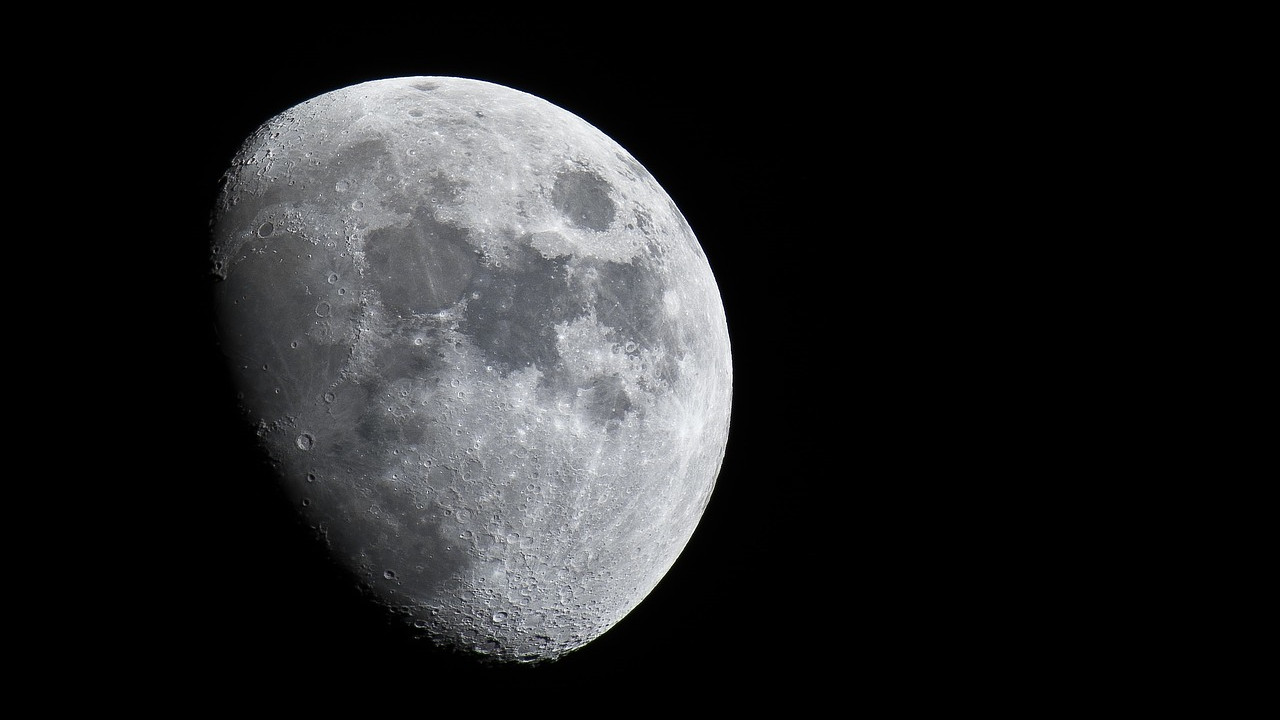
When you observe the Moon, have you ever wondered which crater you are looking at, or where you can find the Apollo 11 landing site?
If so, then the MoonGlobe app is perfect for you. As the name suggests, this is a lunar globe on your own smartphone. Using satellite images and topographic elevation data, the software generates a realistic view of the Moon that can be freely controlled. On the other hand, by selecting the telescope view, you can exactly see the current phase of the Moon and also see which side of the Moon is being illuminated by the Sun at the moment. It also helps you to understand the evolution of the phases of the Moon.
A network of tags shows you the name of every surface feature, and exactly where spacecraft have landed. By tapping on the individual tags, you can get more detailed information. Another feature is the built-in compass with the current position of the Sun and Moon.
An absolute must for any Moon observer who wants to get even more out of every discovery tour.
Interesting information about Jupiter and Saturn
The moons of Jupiter and Saturn

The Sky & Telescope brand is known as a guarantee of quality in astronomy circles. Besides the magazine and the website for general astronomy news and observation tips, these two small apps are aimed at observers of Jupiter and Saturn.
Here, as the name suggests, the focus is on the moons of these two planets. You can manually adjust the time in the apps to see how the moons are moving and when, for example, a transit will take place. In addition, the view can be changed in such a way that it fits the view you see through your telescope. Buttons allow you to switch the view between horizontal and vertical, and there are some interesting facts about planets. With the JupiterMoons app you will find a list of coming events arranged in date order.
If you plan to delve a little deeper into these two planets, or maybe you have already started, this app offers you a powerful tool, which will significantly enhance your observation.
Perfect alignment in an instant
PolarScope Align
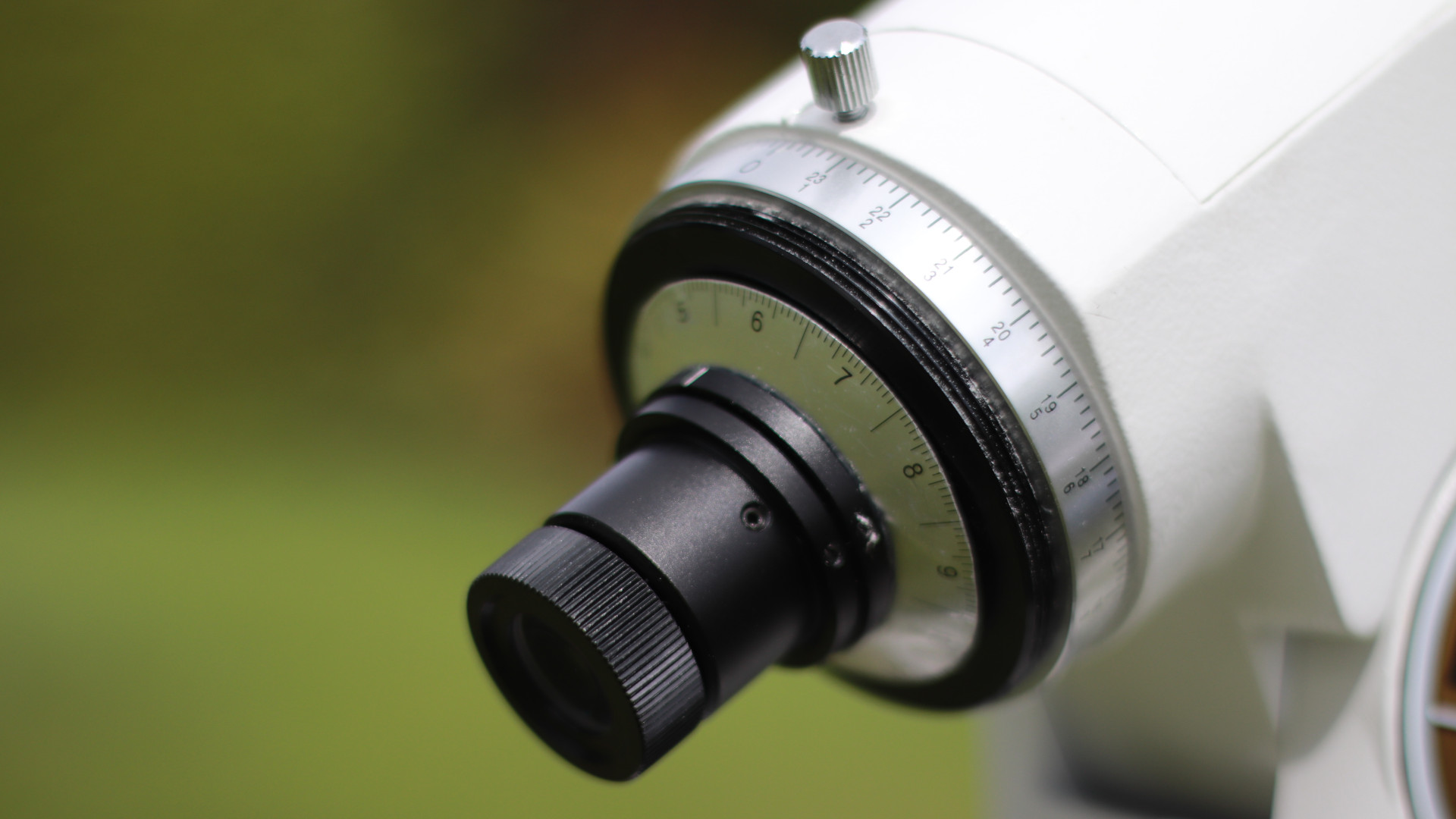
A polar alignment that is as accurate as possible is very important, especially for owners of a GoTo mount. But this task is often seen as very tedious and beginners, especially, often have problems with it.
Thanks to the free Polar Scope Align app, this is a thing of the past. Using either GPS or manual location entry, it calculates the exact position of Polaris and how to adjust your polar finder scope to ensure an exact alignment. Besides, the app even corrects atmospheric refraction and you can select your own polar finder scope from a huge selection from different manufacturers. In addition, you get an overview of the current phase of the Moon, the exact coordinates of your own location so that you can enter these directly into your GoTo mount, and finally the date and time.
If you upgrade to the Pro version, the app becomes ad-free and you get many more features. The most important of these are weather forecasts, zoom function for the polar finder reticle view, red light and dimmed view, manual time setting and location favourites, all of which which can be directly selected. You can also use the app on an Apple Watch if you don't want to take your phone out of your pocket.
Recommended products

